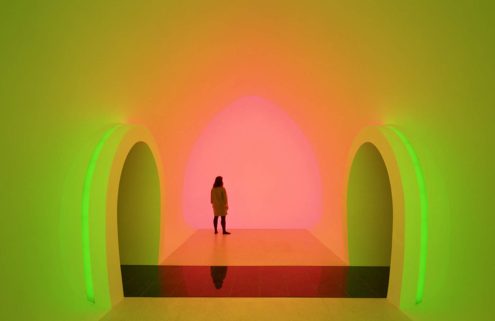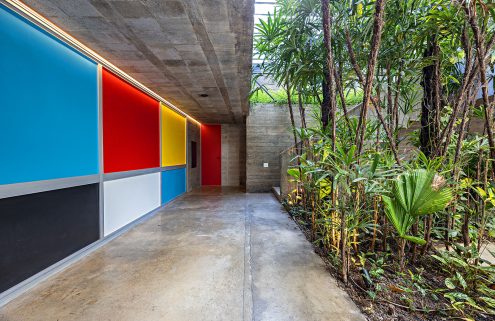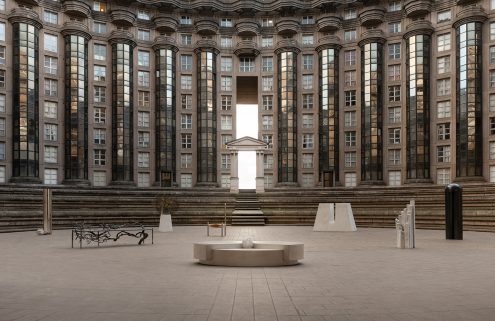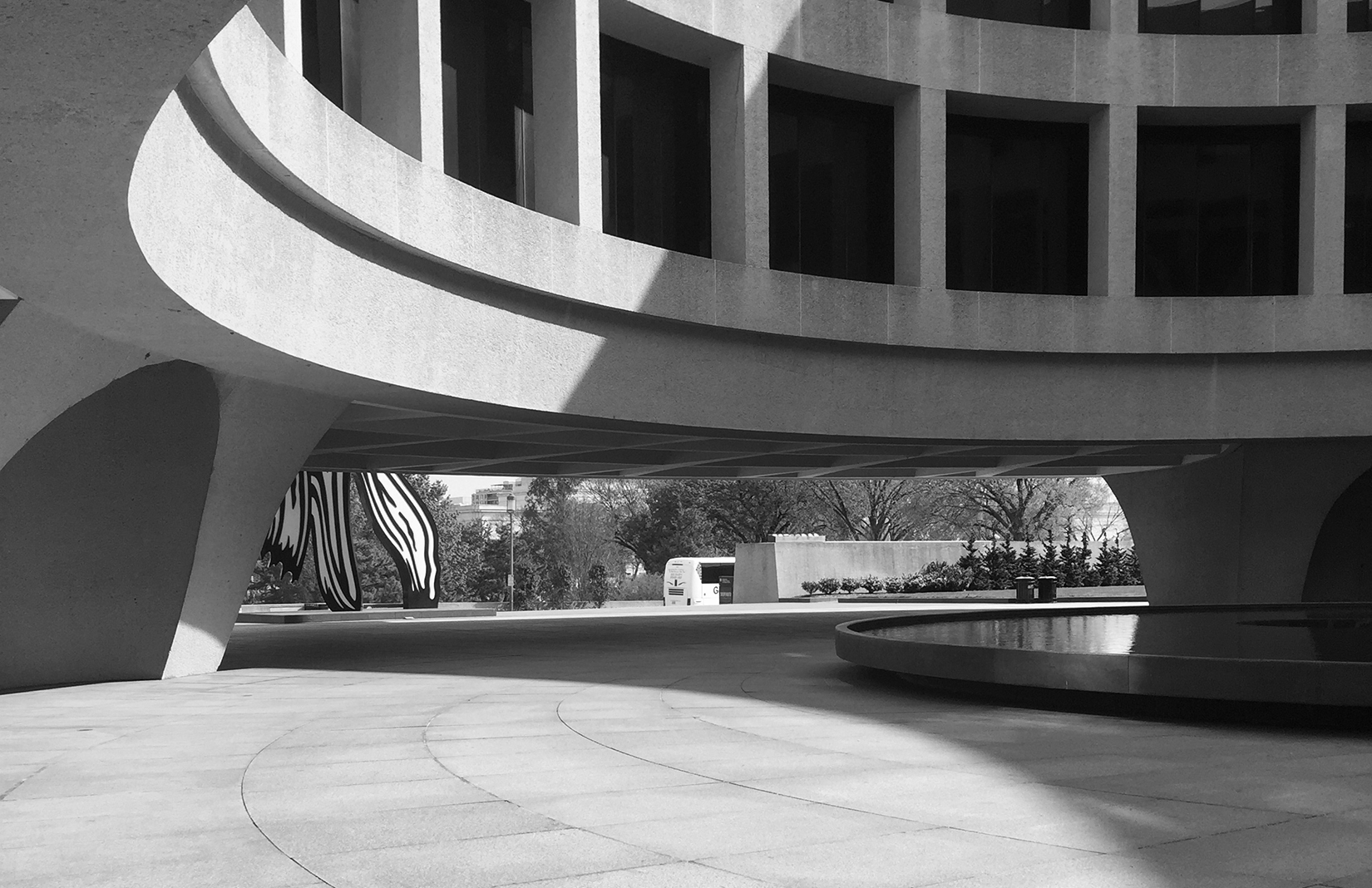City map publisher Blue Crow released its latest architecture guide this week, highlighting 40 of Washington, DC’s best loved (and loathed) Brutalist landmarks.
To mark its launch, we asked its editor Deane Madsen to pick out five of his favourite concrete hits across the capital – from the FBI’s bunker HQ to the city’s underground subway system.
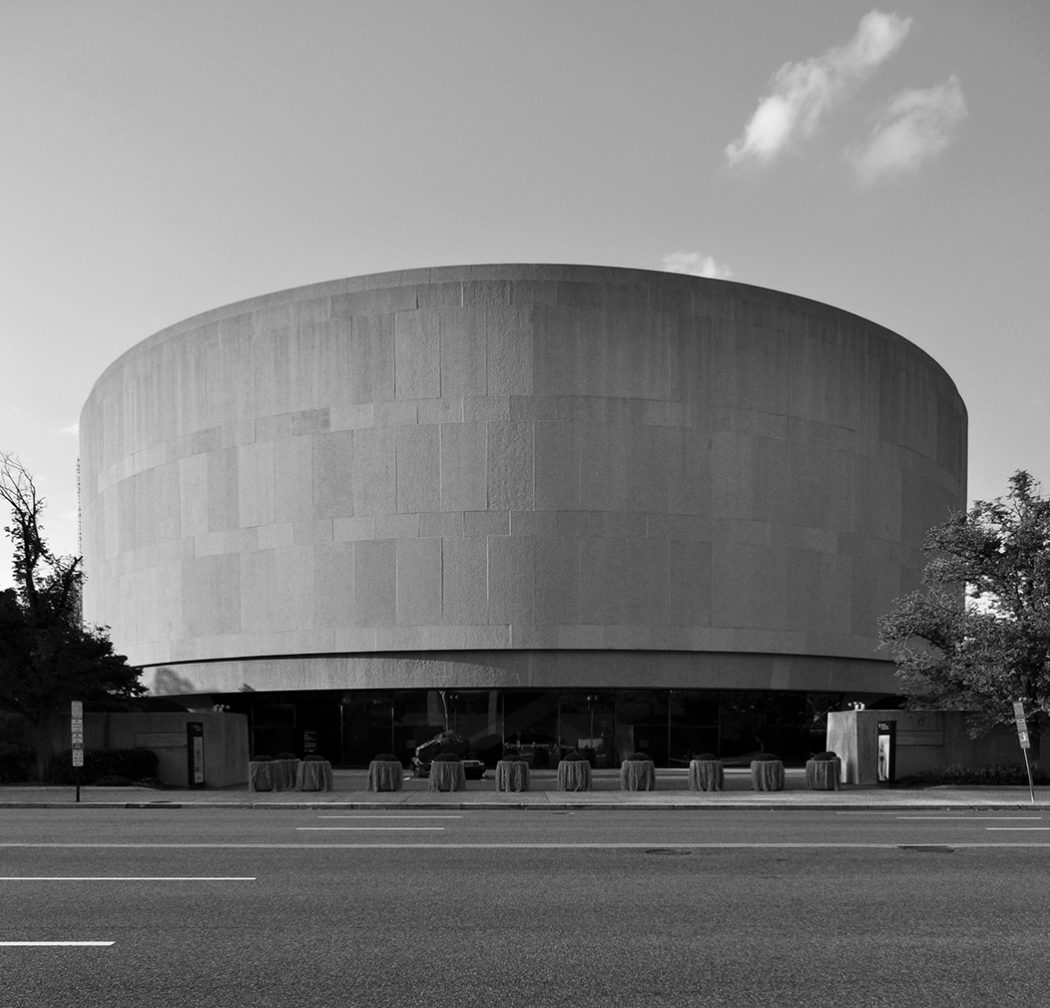
The Hirshhorn by Skidmore, Owings & Merrill (SOM) (Gordon Bunshaft)
This is perhaps my favourite building in Washington, DC as its quirky cylindrical shape is a welcome pause at the National Mall’s centre. The sculpture garden removes visitors from the bustle of tourists and food-trucks, while the revolving exhibitions in the museum itself are curated to make best use of curving galleries.
Photography: Deane Madsen
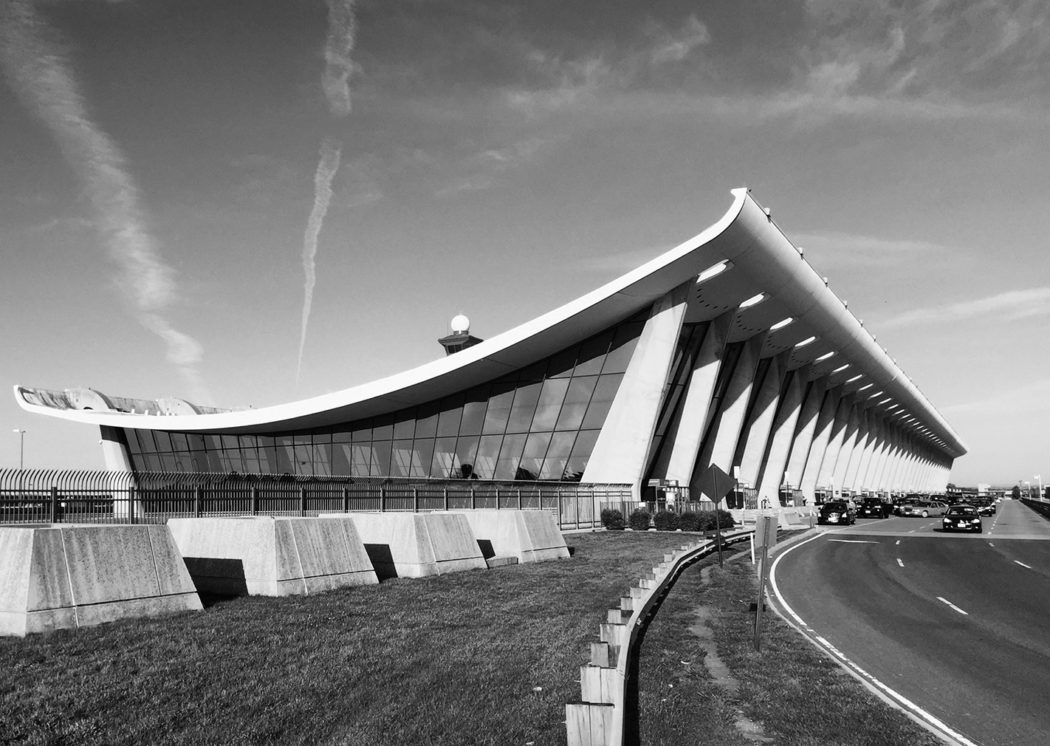
Dulles International Airport by Eero Saarinen and Ammann and Whitney Engineers
Departures from Dulles hearken back to the golden age of flight, with the airport’s structure emphasising uplift and openness. As an added bonus, period photography and drawings that document Saarinen’s designs are on display just beyond the TSA Pre-Check station.
Photography: Deane Madsen
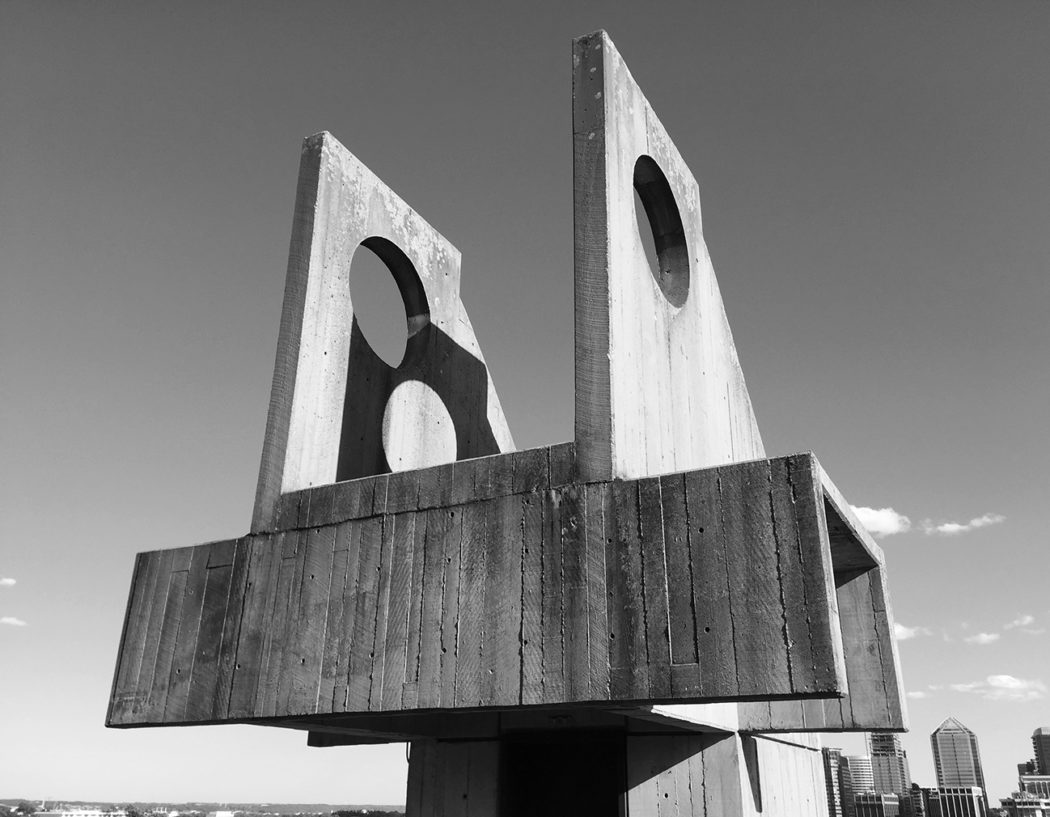
Lauinger Library by John Carl Warnecke and Associates
Georgetown’s Joseph Mark Lauinger Library, which garnered an AIA/ALA Merit Award in 1976 for John Carl Warnecke and Associates, is a welcome break from the traditional architecture of the campus. Exterior fire stairs (pictured) offer sweeping southward views of the Potomac River.
Photography: Deane Madsen
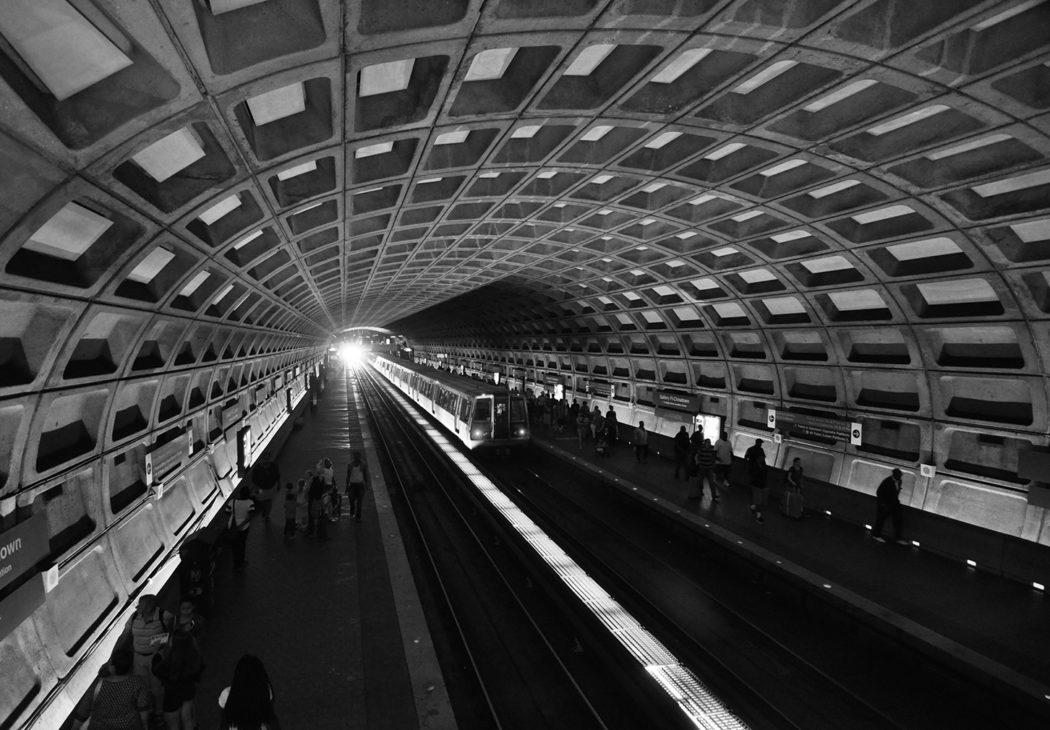
Washington, D.C. Metro by Harry Weese Associates
The stations Harry Weese Associates designed for WMATA, which were deployed throughout Washington, D.C. and its surrounds starting in 1976, retain an economical level of grandeur that belies the system’s age.
Photography: Deane Madsen

The J. Edgar Hoover (FBI) Building by C. F. Murphy & Associates
The J. Edgar Hoover (FBI) Building holds prime real estate along Washington, D.C.’s Pennsylvania Avenue, filling a block and a half with offices for more than 7,000 agency employees. More than 2.8 million square feet of offices fill massing that steps from a height of 107 feet at Pennsylvania Ave to 160 feet along E Street, featuring poured concrete façades with crushed limestone aggregate in what might be called the ultimate expression of governmental Brutalism.
Photography: Deane Madsen
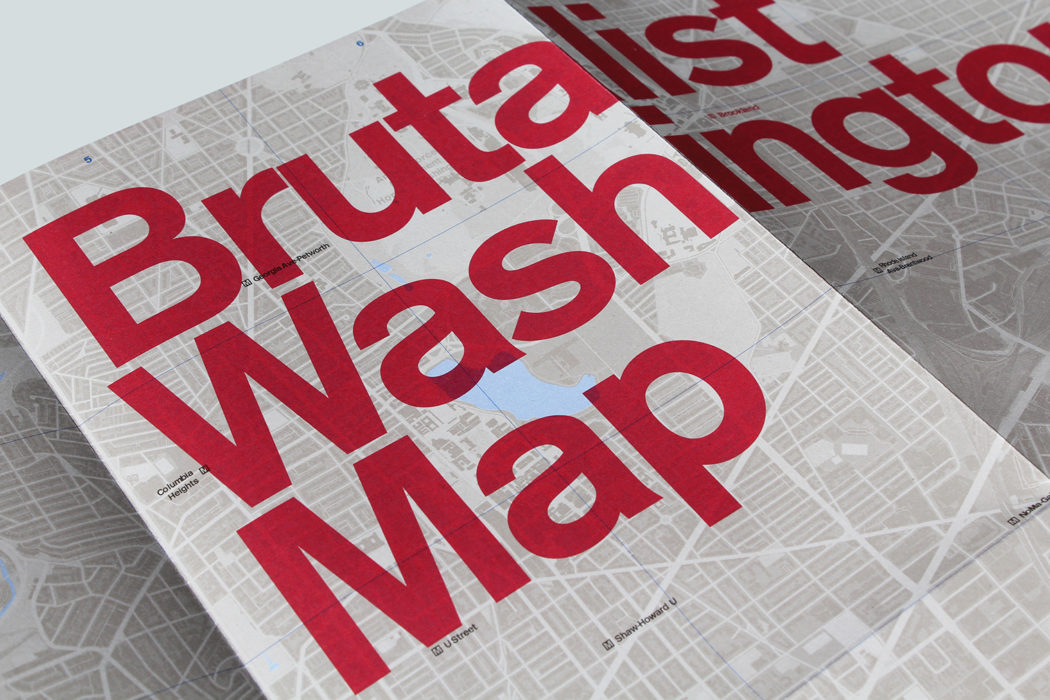
Brutalist Washington Map is Blue Crow Media’s fourth architecture map guide, after BrutalistLondon, Art Deco London and Constructivist Moscow. Modern Berlin Map will be out in November. Paris, Sydney and Boston Brutalist titles are scheduled for 2017.
